Phrazer Info Blog
Blog Menu
Login Box
Blog Links
Depression in Young Patients: Screen Early and Screen Often
The importance of mental health is expanding at a rapid rate as we further understand how both mental and physical health are important in creating healthy populations. It has been mentioned in our previous blog posts that putting effort towards preventative care (Screening and Brief Interventions) can lead to drastic health improvements and major cost avoidance down the road for patients.
Check out the past SBIRT Post: A few reasons why you should perform SBIRT activities
Here, we are going to focus on screening for depression and dive into when screening should start, how we can focus on younger populations and how often screening should take place.
When should we start screening for depression?
Looking at information available through numerous studies we need to start earlier than we previously thought (i.e. adolescents) to catch illnesses before they manifest into much larger, complex issues.
Teenage depression is a serious mental illness that affects millions of teenagers in the United States each year while only a small portion of affected teens ever get professional help. The STAR*D (Sequenced Treatment Alternatives to Relieve Depression) study found that nearly 40 percent of youth had their first depressive episode before the age of 18. (1)
How do we start screening adolescents?
There is a screener available for younger patients (12-17 years of age) called the PHQ-9 Modified for Adolescents or the PHQ-A. This screening tool can be used in healthcare, schools or other appropriate settings these serious topics can be approached.
It’s important to keep in mind that depression in adolescents can reveal itself in very different ways compared to older individuals. The following symptoms of depression are more common in teenagers than in their adult counterparts.
- Irritable or angry mood - Irritability, rather than sadness, is often the predominant mood in depressed teens. A depressed teenager may be grumpy, hostile, easily frustrated or prone to angry outbursts.
- Unexplained aches and pains - Depressed teens frequently complain about physical ailments such as headaches or stomach aches. If a thorough physical exam does not reveal a medical cause, these aches and pains may indicate depression.
- Extreme sensitivity to criticism - Depressed teens are plagued by feelings of worthlessness, making them extremely vulnerable to criticism, rejection and failure. This is a particular problem for “overachievers.”
- Withdrawing from some people, but not all - While adults tend to isolate themselves when depressed, teenagers usually keep up at least some friendships. However, teens with depression may socialize less than before, pull away from their parents, or start hanging out with a different crowd.
How often should we screen?
At a minimum, patients of all ages should be screened on an annual basis. Results should be documented in the EHR and tracked for changes each time a new screening is performed. We realize this may not be a reality for all patients and practices, but screening early and often has proven to promote safer, healthier populations and reduce future costs.
When it comes to billing for mental health we have found that CPT 96127 can be used “when medically necessary” up to 4 units per visit. Reimbursement levels can vary (~$4-25) so we recommend working with your billing team to understand the intricacies of the billing process and potential impact to your practice.
In conclusion
Screen early and screen often; early action by the care network can have lasting benefit for young individuals. As children develop, depression can evolve and present itself in ways that are different from adults and it’s the job of the care network to identify any issues and support the well-being of the individual.
1. American College of Preventive Medicine (2009, October 6). Primary Care Urged to Have Systems in Place for Screening and Treating Depression. ScienceDaily

